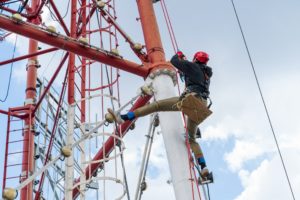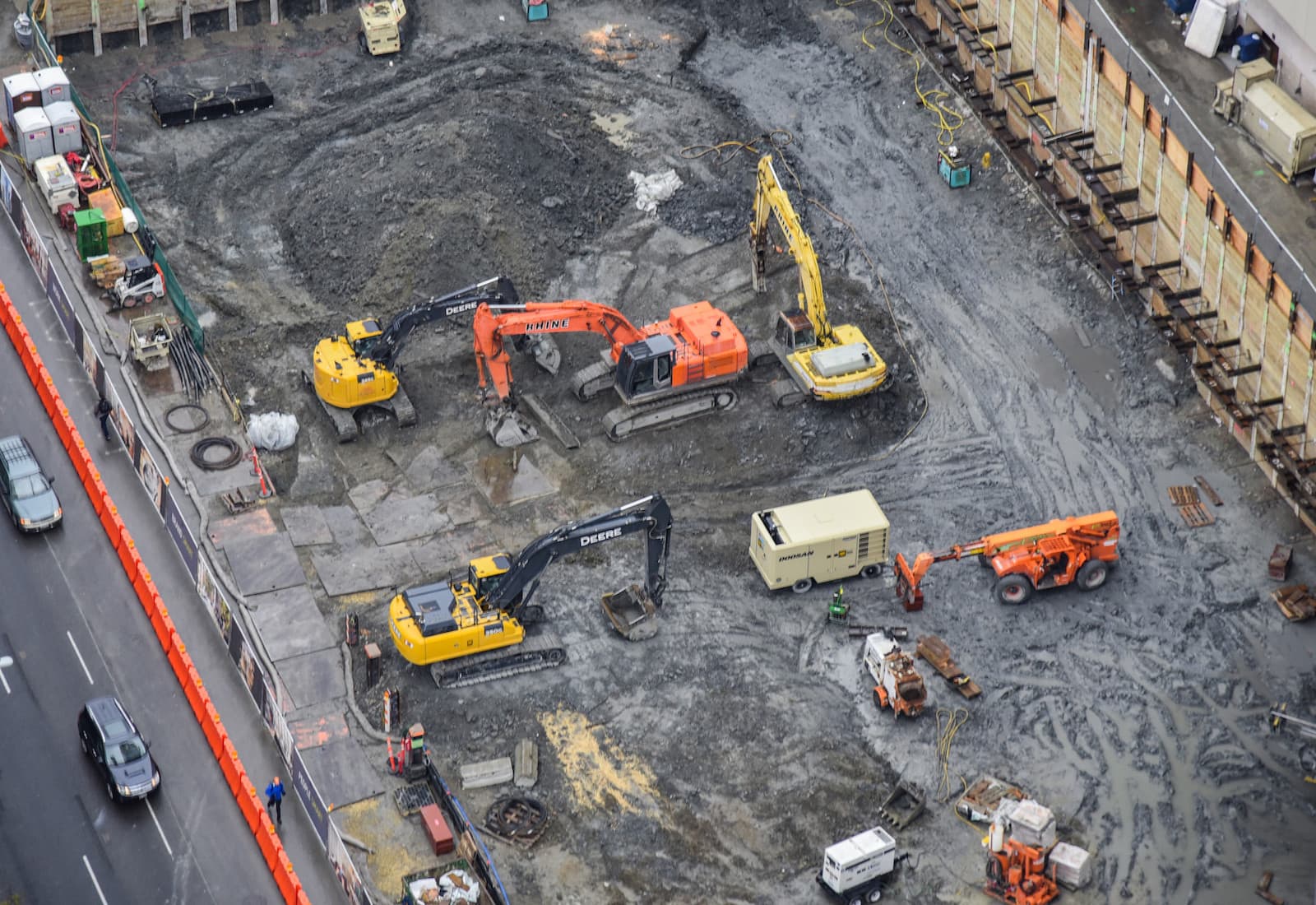High Staff Turnover: Why is it Damaging the Construction Industry?
Forming a good team is essential to ensure a profitable construction company. Yet many agencies see construction workers as a means to an end, rather than the ultimate solution.
For lots of agencies, it matters less who the workers are, and matters a lot more what the workers do. As a result, a conveyor belt style of working is created where a high turnover of staff is the norm: workers sign up to a project and start at one end of the conveyor belt, but could drop off at any time for a better offer, and will simply be replaced by the next available workers. This detached way of viewing workers is damaging the construction agency.
Schedule a call today to find out how P.I.E.R can help you to reduce your staff turnover.
Why does your staff turnover rate matter?
High staff turnover results in an endless investment in staff training, development, and onboarding that will never be returned. Without retaining staff, business profitability will drop, as will your reputation among workers.
A lower staff turnover will reduce outgoings in terms of cost and time, as you need to invest less into continuously training new staff. Your reputation is likely to benefit from a lower staff turnover, in the eyes of both your workers and clients.
Some staff turnover is inevitable as workers move on to new roles, move house, or move up the career ladder, and of course, there may be times when staff turnover is inevitable. Just as workers can decide to leave, you may decide workers just aren’t right for your business. If that’s the case, that’s fine – there’s no point in flogging a dead horse.
In this article, our focus is on unnecessary staff turnover, why it’s important, and how to prevent it.
The cost of high staff turnover in the construction industry
Every industry faces staff turnover. The average staff turnover rate across all industries is 15%. In the construction industry, this figure jumps up to 21.4%, a notable increase.
These figures won’t be a surprise to those of us invested in the construction industry. Competition among construction agencies has never been higher, and the influx of newer construction agencies has simply created a ‘race to the bottom’. Often, new construction agencies lack the knowledge that’s gained from decades in the field. Instead, they focus on quick wins, and retaining construction staff is pushed to the bottom of their priority list.
As well as the actual costs incurred by a high staff turnover, there are important losses that are less easily captured. When a team has just begun to work well together, one worker leaving can shift the dynamic and create problems for the rest of the team. If more than one worker leaves, the entire working process has the potential to change, leaving the workers who remain demoralised and frustrated that their working environment has altered so drastically.
At Pier, we take a different approach to many agencies across the UK. We understand that providing the best service to our clients involves keeping a close eye on every performance indicator we can, including staff turnover.

Improve business performance with lower staff turnover
A lower staff turnover can do wonders for your bottom line. As well as cost savings, you’ll save time and energy as you won’t be constantly replacing workers you’ve only just engaged.
As far as your workers are concerned, reducing staff turnover will improve morale, your reputation among your workforce, and increase the likelihood that new workers will stay. In construction, a good reputation is priceless and word spreads fast.
How can you measure staff turnover and retention?
If you find yourself unaware of your staff retention, it’s a good idea to look deeper into your staff figures to examine how many you recruit every month against how many you retain – or lose – each month.
To work out your monthly staff turnover as a percentage, divide the number of workers who leave each month by the total number of employees each month, and times that figure by one hundred.
Once you understand your staff turnover, you’re in a better position to look to reduce it. Even though it takes a little time to understand what you can do to improve staff turnover, and sometimes you may need to make some big changes, your business will benefit in the long run.
How can you reduce staff turnover?
Improving life for your construction workers
Believe it or not, most workers aren’t only interested in the paycheck they get at the end of the month. A good working environment is a huge green tick next to your company name.
A simple solution to reducing staff turnover is to pay more attention to your workers. Generally, by improving the life of your construction workers, your staff turnover rate will reduce. When workers are happy, they are more likely to commit to projects long term, helping you to commit less resources to recruiting, and focus on growing your business.
Pay workers what they deserve

We’re not suggesting you pay above the odds, but ensuring you’re offering competitive rates that align with the skill level of your workers is key. If you’re got the gift of the gab, convincing a worker to go for a lower wage may seem like a win, but it’s only a matter of time before they get a better offer. And when they do, they’ll be gone without a second thought.
When low rates and margins are thrust forward as a reason to use a particular agency, you can guarantee that the agency will be focused on money, not skills. In contrast, an experienced recruiter will highlight the worker themselves, and how their skills will benefit you.
By offering a competitive salary, you are more likely to attract workers with the skills and level of professionalism that you’re aiming for. You’ll also be demonstrating that you respect your workers, and are more likely to be given their respect in return.
‘It’s unwise to pay too much, but it’s worse to pay too little. When you pay too much; you lose a little money – that’s all. When you pay too little, you sometimes lose everything, because the thing you bought was incapable of doing the thing it was bought to do. The common law of business balance prohibits paying a little and getting a lot – it can’t be done. If you deal with the lowest bidder, it is well to add something for the risk you run, and if you do that you will have enough to pay for something better.’– John Ruskin
Stay aware of market rates so that you can be sure you’re providing a wage that measures up.
Communicate well with your workers
Clear and honest communication is the first step to ensuring a happy workforce, and one of the many ways to establish communication from the outset is to make it clear how your workers are engaged. IR35 may seem complicated, but it’s essential that agencies help workers understand how it affects them. IR35 Explained will help you make sense of the legislation and get rid of the jargon.
When workers are given information about a project, tell them the details from the outset. If you know the project is too far from their home for them to commute comfortably, be honest and let them know. Even if you manage to avoid telling them at the start, day one could very well be their last if it’s a four-hour commute either way.

Offer relevant jobs to your workers
Keeping regularly updated records of your workers’ skills and experience will ensure you offer them roles that are relevant. Don’t send opportunities out to the masses. Send them to those who could actually fulfil the role successfully. It’ll show you see your workers as people rather than commodities and will generate loyalty from your workers.
What impact will improving my staff retention have on my business?
Improving your staff retention will go much further than improving your reputation with workers. Greater staff retention will improve your business performance, bottomline, and long term prospects.
You’ll need to spend less time hiring new workers, and you’ll have less down-time while you try to fill vacant jobs. It’s pointless chasing new projects unless you have the workforce to complete them, and with a team of loyal workers, you can focus more on the nuances of the project, and less on who will be sticking around to complete the work.
How can P.I.E.R help reduce your staff turnover?
Our approach to recruitment is to look for skilled workers who will commit to finishing projects. By pairing projects with workers who live nearby, understand the role, and have the relevant experience, we can promise a workforce that are far more likely to remain on a job from the start until the end.
Offering bespoke training
We invest in our workers. Through offering BESA accredited training to our staff and clients, our workers know they’ll have the opportunity to upskill while still getting paid. Giving workers the chance to develop their skills and knowledge can offer the potential of a pay rise in the future, encouraging workers to commit more readily to long term projects. The incentive of a pay rise is especially important when we consider that some workers will leave a project for another that could be very similar, but simply offers a better wage.

Supplying temporary and permanent staff
Many of our workers have been on several projects for Pier, and are keen to continue to work for P.I.E.R. We have a file on every single one of our workers, enabling us to give you a comprehensive overview of what to expect before the worker has put a foot on your site.
Specialising in M&E, and providing both temporary and permanent staff, our unique process enables us to understand what your project entails, and suggest possible solutions. Whether you need a few specific skills to boost your current workforce, or an entire workforce built around your project, we can help offer advice and guidance along the way.
Leading by example
At Pier, our Managing Director has hands-on experience of working on a building site, so we genuinely know what to expect from our workers. Our in-depth understanding of our industry enables us to provide a comprehensive service to our clients, and a great environment for our candidates.
We’ll be on hand for the duration of your project so that if (or when) your needs change, we can recommend a change of direction that will help you get your project finished on time, and to the standard you need.
Let P.I.E.R help you to retain a better workforce.
References and links
- https://www.monster.co.uk/advertise-a-job/hr-resources/workforce-management-and-planning/staff-retention/what-is-the-ideal-employee-turnover-rate/
- https://constructionblog.autodesk.com/construction-industry-statistics/#Workforce
- https://www.brighthr.com/articles/culture-and-performance/staff-turnover/staff-turnover-calculation/








